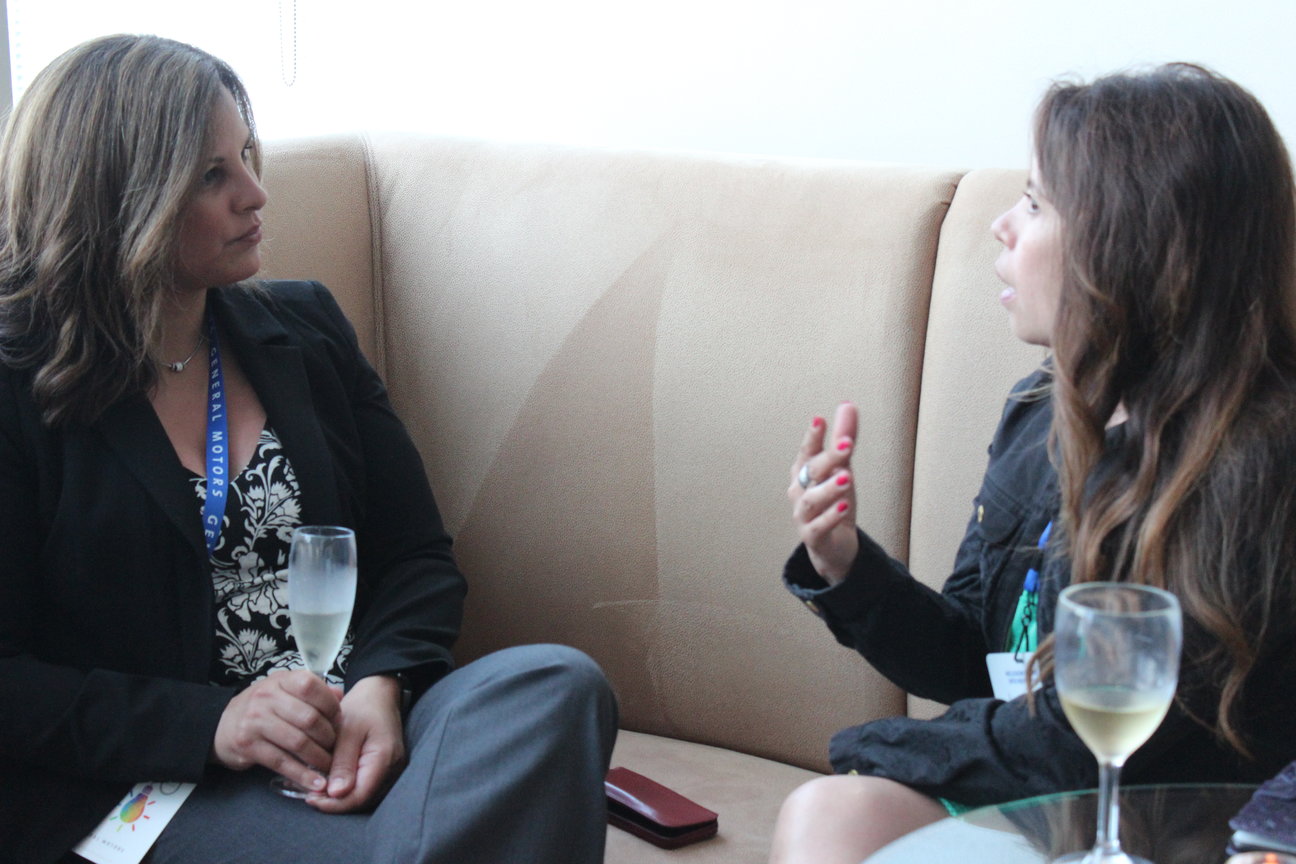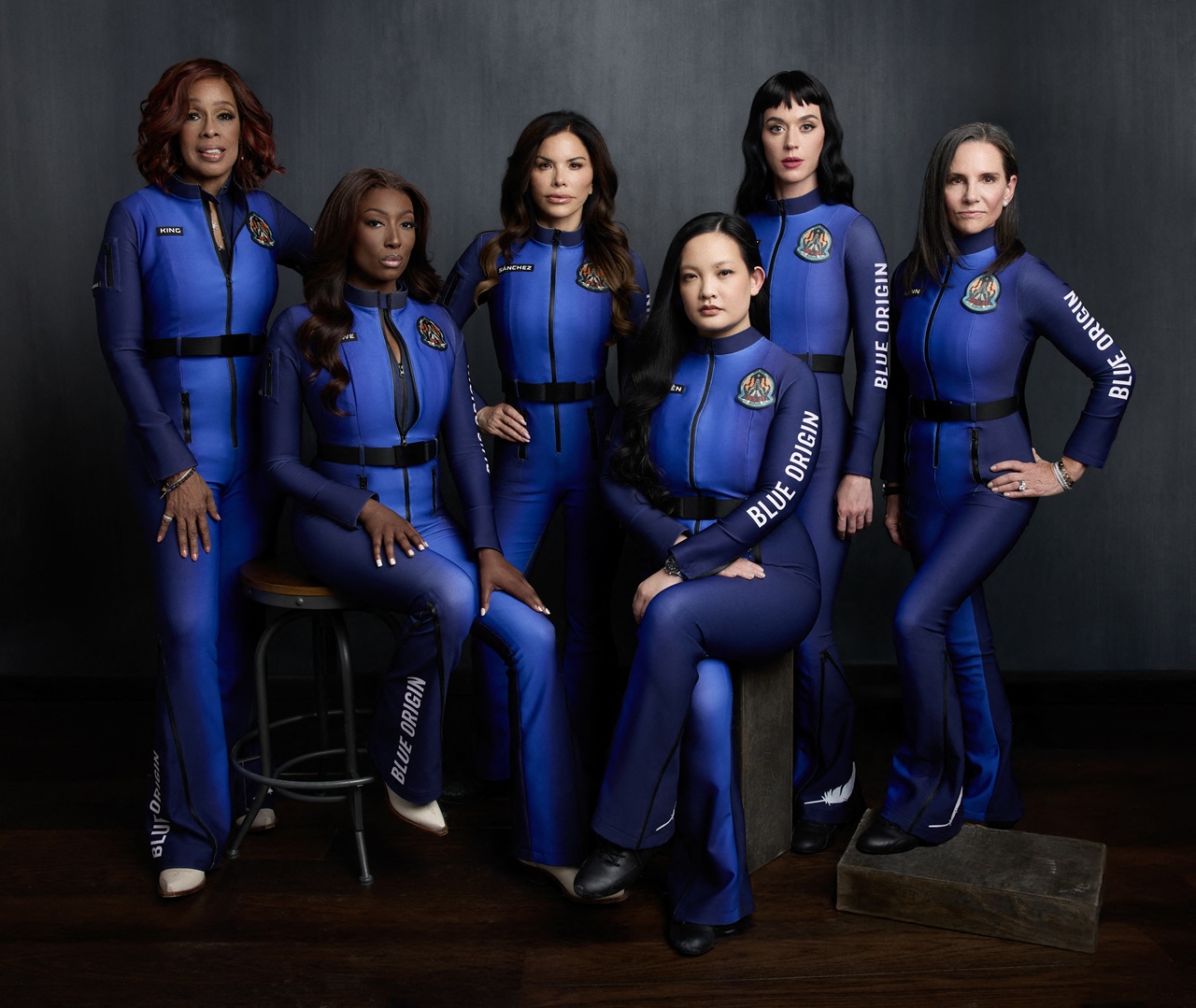
More minorities and women are represented in corporate boardrooms
Latinos, though, are struggling to do the same.
It started with a single phrase: “What gets measured gets done.”
That phrase, said Linda Akutagawa, chair for the Alliance for Board Diversity & president and CEO at Leadership Education for Asian Pacifics (LEAP), is what sparked the move to spotlight the lack of diversity in corporate boardrooms. They also realized they needed to do that with the help of partners.
Akutagawa, who was attending the annual symposium sponsored by Hispanic Association on Corporate Responsibility (HACR), pointed to recent results that show more board seats on major companies are being awarded to women and people of color.
“I am optimistic overall because we are really seeing change. There has definitely been a shift in our numbers from 2016 to 2018,” Akutagawa said.
The first official session of the HACR Symposium taking place at the J.W. Marriott Marquis in downtown Miami was the Alliance for Board Diversity (ABD) discussion.
Since its inception in 2004, ABD’s main goal has been to serve as a “one stop shop for companies, investors and the media for encouraging diversity and inclusion on corporate boards,” said Deborah DeHaas, vice chairman and national managing partner of the Center for Board Effectiveness for Deloitte.
DeHaas moderated the panel dedicated to discussing the origins of ABD and their efforts in their mission to increase diversity and inclusion in the corporate world. They have tried to achieve this by partnering and working with four organizations dedicated to advancing inclusion for different communities: HACR, Catalyst, The Executive Leadership Council (ELC), and Leadership Education for Asian Pacifics (LEAP).
RELATED CONTENT
From advocating for more women on leadership boards to championing the need for more Hispanic and Asian-Pacific representation, these partnerships came together with the common goal of enhancing shareholder value when it comes to inclusion and so far, they have made progress.
ABD set an initial goal to see at least a 40 percent increase “when it comes to women and minorities on corporate teams,” DeHaas said. Currently, their estimate is that they will hit that mark in 2020 when it comes to Fortune 500 companies, she said, and they are much closer to achieving that mark in Fortune 100 companies.
The other panelists mentioned the work they still have to do, especially concerning the Hispanic community and Hispanic women.
Cid Wilson, the President & CEO of HACR, called for leaders to advocate on behalf of their Hispanic counterparts. He mentioned that when he meets other CEOs and major leaders, he educates them on the dynamics of the Hispanic community and the power they could wield.
“I tell these CEOs all the time that diversity and inclusion is a better strategy than globalization,” Wilson said. “This is the time for Hispanic communities to rise up and say we are here and we need to be on these boards.”










LEAVE A COMMENT: